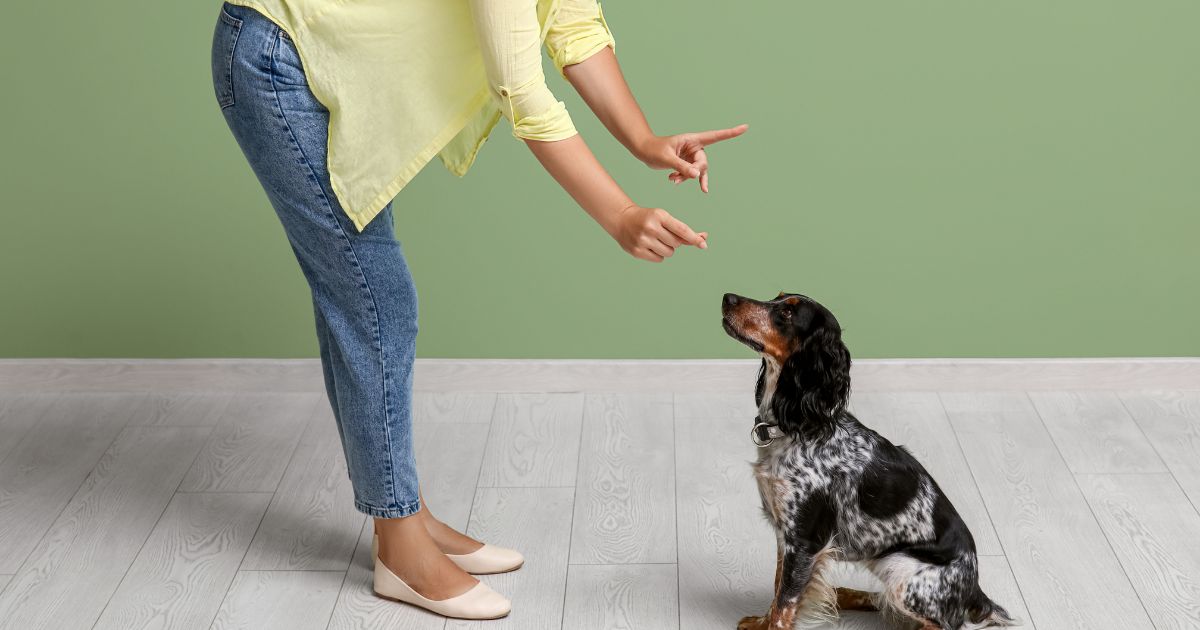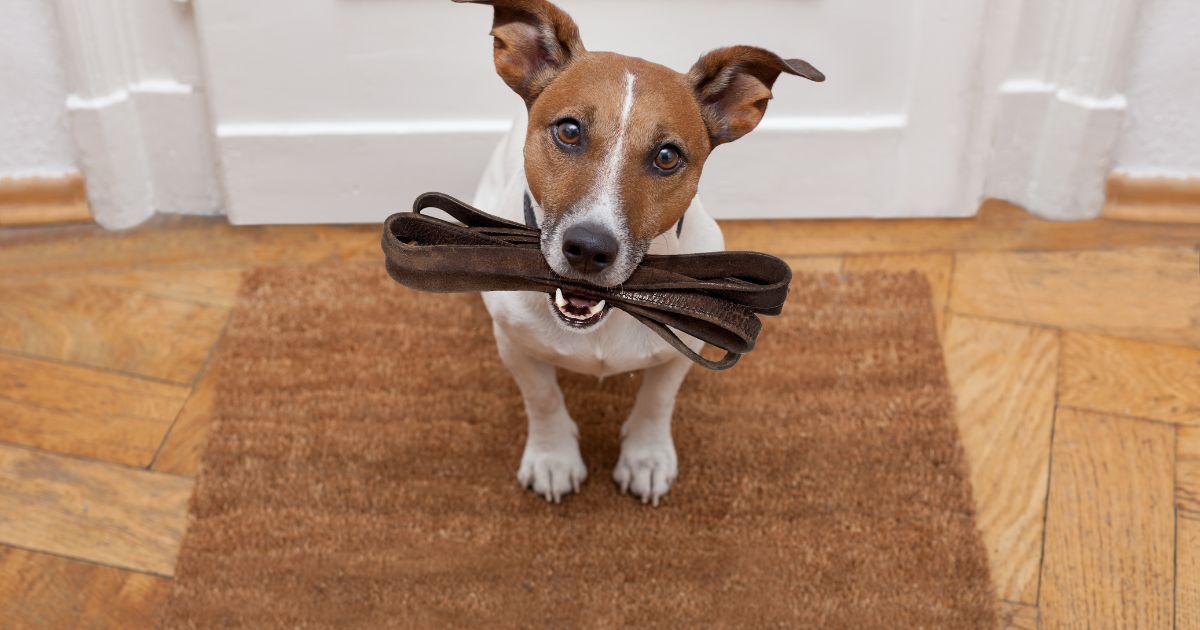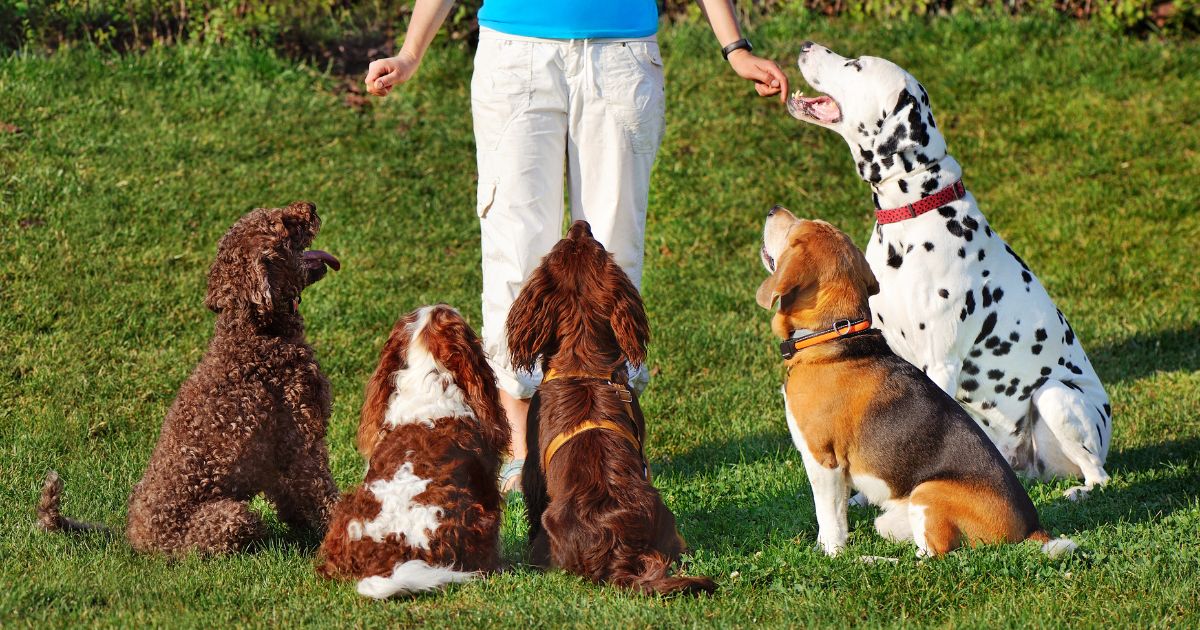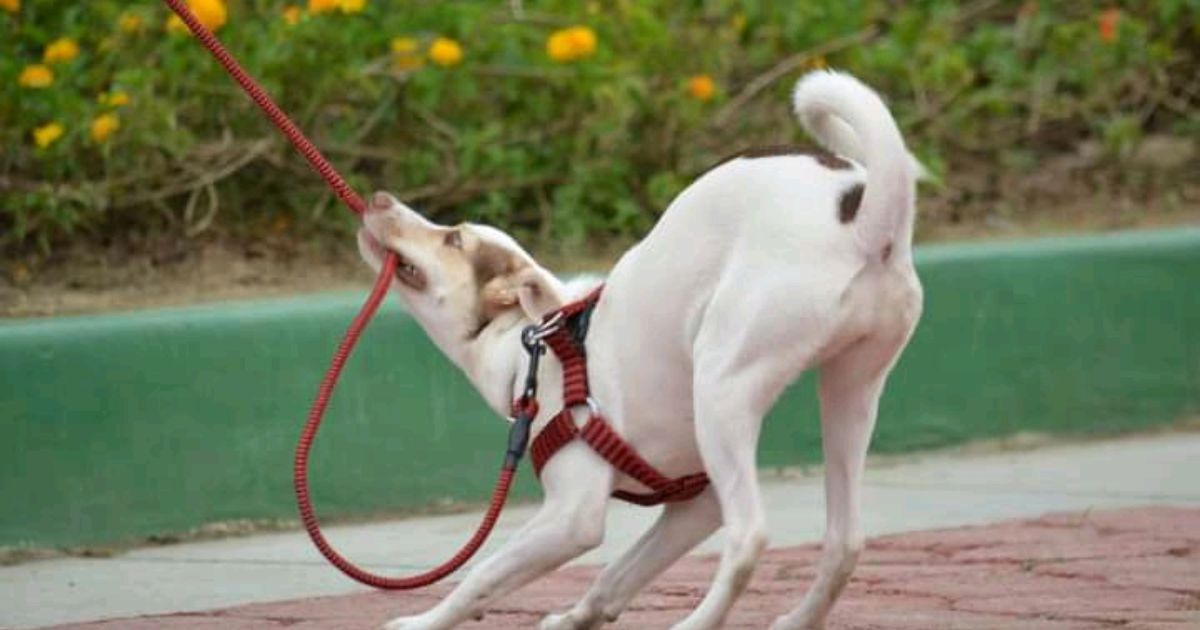Essential Puppy Training Tips Every New Dog Owner Should Know
Listen up, dog lovers!
Today, we're diving into the world of puppy training. As a pack leader, it's your responsibility to guide your new furry friend and set them up for success. Remember, a well-trained dog is a happy dog, and a happy dog means a happy owner. Let's get started with these ten essential beginner puppy training tips that will help you establish a balanced relationship with your new companion.
Top 10 Puppy Training Tips to Help You Raise a Well-Behaved Dog
1. Start Training Early

The moment your puppy comes home, your training journey begins. Don't wait! Puppies are like sponges, ready to absorb everything around them. The earlier you start, the easier it will be to shape their behavior. But remember, it's never too late to teach an old dog new tricks. The key is to start now, wherever you are in your journey.
2. Establish a Routine
Dogs thrive on routine. It gives them a sense of security and helps them understand what's expected of them. Set regular times for feeding, potty breaks, walks, training sessions, and playtime. Stick to this schedule as much as possible. Consistency is your best friend in training. When your puppy knows what to expect, they're more likely to meet those expectations.
3. Use Positive Reinforcement
Positive reinforcement is powerful. Reward the behaviors you want to see more of with treats, praise, or playtime. But here's the catch – timing is everything. The reward must come immediately after the desired behavior. This way, your puppy makes a clear connection between their action and the positive outcome.
Remember, we're not bribing our dogs – we're motivating them. Use treats sparingly and gradually replace them with praise and affection as your puppy learns.
4. House Training Basics

House training requires patience and consistency. Take your puppy out frequently, especially after meals, naps, and playtime. Choose a specific spot outside and use a command like "go potty." When they do their business, praise them enthusiastically.
Accidents will happen. When they do, don't punish your puppy. Simply clean it up and move on. Punishment can create anxiety around elimination, making house training more difficult.
5. Crate Training
A crate can be your puppy's safe haven, not a prison. Introduce the crate gradually, making it a positive experience. Feed meals in the crate, toss treats inside for your puppy to find, and provide comfortable bedding.
A crate can be your puppy's safe haven, not a prison. Introduce the crate gradually, making it a positive experience. Feed meals in the crate, toss treats inside for your puppy to find, and provide comfortable bedding.
Start with short periods and gradually increase the time. Never use the crate as punishment. It should be a place your puppy chooses to go for comfort and security.
6. Basic Commands
Teaching basic commands like sit, stay, come, and down provides mental stimulation and helps establish you as the pack leader. Start with one command at a time, keeping training sessions short and fun.
Remember, it's not just about the words – it's about the energy behind them. Use a calm, assertive energy when giving commands. Your puppy will respond to your confidence and certainty.
7. Socialization
Socialization is crucial for developing a well-rounded dog. Expose your puppy to a variety of people, animals, and environments in a positive way. This helps prevent fear and aggression later in life.

However, always ensure these experiences are controlled and safe. Quality is more important than quantity. One positive experience is worth more than multiple stressful ones.
8. Leash Training
Leash training starts with getting your puppy comfortable wearing a collar or harness. Once they're used to it, introduce the leash. Let them drag it around under supervision before you start holding it.
When you begin walking, you lead the way. Don't let your puppy pull you around. If they pull, stop walking. Only move forward when the leash is slack. This teaches them that pulling gets them nowhere, while walking calmly by your side is rewarded with forward movement.
9. Handling and Grooming
Get your puppy used to being touched all over their body. This makes future vet visits and grooming sessions much easier. Start with short sessions, touching their paws, ears, and mouth. Always associate this handling with positive experiences.
Introduce grooming tools gradually. Let your puppy sniff the brush or nail clippers before using them. Take it slow and always end on a positive note.
10. Managing Chewing and Biting
Puppies explore the world with their mouths, but it's crucial to teach them what's appropriate to chew. Provide plenty of appropriate chew toys. When you catch your puppy chewing something they shouldn't, calmly redirect them to an appropriate toy.
For playful biting, yelp loudly to startle them, then ignore them for a few seconds. This mimics how puppies learn bite inhibition from their litter mates. If the biting continues, end playtime immediately. This teaches them that biting makes fun things stop.
Easy Puppy Tricks for Beginners
Teaching easy puppy tricks is a fantastic way to bond with your new furry friend while also instilling good behavior.
Start with foundational commands like “Sit,” which is essential for many other tricks. To teach this, hold a treat above your puppy's nose and slowly move it back, encouraging them to lower their rear end. Once they sit, reward them immediately.
Next, try “Shake Hands” by presenting a closed fist with a treat inside; when your puppy paws at your hand, say “Shake” and reward them.
Another fun trick is “Roll Over,” which can be taught by guiding your puppy from a lying down position with a treat around their shoulder to encourage them to roll.
“Spin” is also an entertaining trick; use a treat to lure your puppy in a circle while saying the command.
Always remember to keep training sessions short and positive, using plenty of praise and treats to reinforce good behavior.
These simple tricks not only entertain but also help develop your puppy's obedience and responsiveness.
Conclusion
Remember, training your puppy is about more than just teaching commands. It's about building a relationship based on trust, respect, and clear communication. Stay calm and assertive, be consistent, and always end training sessions on a positive note.

Training takes time and patience, but the rewards are immeasurable. A well-trained dog is a joy to live with and can participate in more aspects of your life. So stick with it, stay positive, and enjoy the journey of raising your new best friend.
Now, to help you on this journey, I've created a special "Puppy Training Progress Tracker" for you. This tool will help you stay organized and motivated as you work through these training tips. Download it now and start tracking your puppy's progress. Remember, every small step forward is a victory. Stay patient, stay consistent, and most importantly, enjoy this special time with your new furry family member. Now, go be the pack leader your puppy needs!

